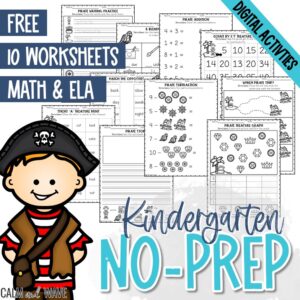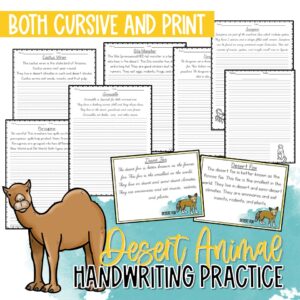
As a homeschooling parent, we understand how difficult it can be to plan ahead for your child’s education. Strategic planning and organization are key to a successful homeschooling experience; navigating this process can be overwhelming. With the help of batch homeschool planning, you can streamline your schedule, maximize your resources, and provide your child with the education they deserve. This one thing has made such a difference in our homeschool. Being able to take time to plan makes the following weeks go much smoother. In this article, we will detail five helpful tips for efficient batch homeschool planning.
Batch Homeschooling Set-Up Process
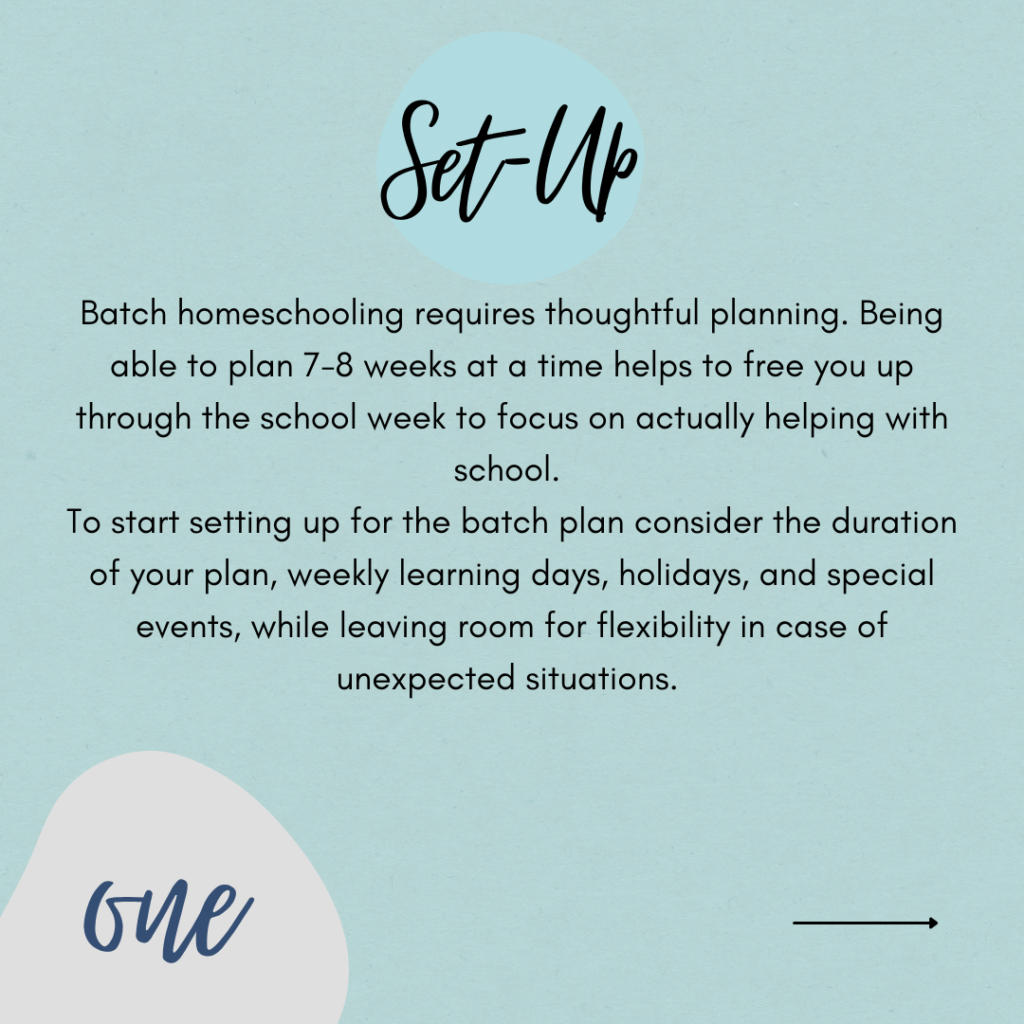
Setting up a batch homeschooling process requires careful planning and forethought. Start by determining the duration of your planning—will it be several weeks or months? Next, grab out a blank monthly calendar (or download this free homeschool batch planning pdf) and rough out the time. Important questions to think about: How many days a week will you be dedicating to learning? It's important to account for any significant holidays, family events, or other special occasions that may interrupt your schedule. Lastly, always remember to incorporate some flexibility into your plan. This is crucial in case of unforeseen circumstances such as sickness or emergencies. Considering all these factors, you can create a comprehensive and realistic homeschool batch planning setup that suits your family's needs. In our homeschool, we school year-round and take off a week or two at a time when needed. During these off weeks, I batch plan for the next round of school. I usually plan 7-8 weeks at a time. This allows for an efficient batching session but also allows for flexibility if we need to make changes.
Organize Your Materials
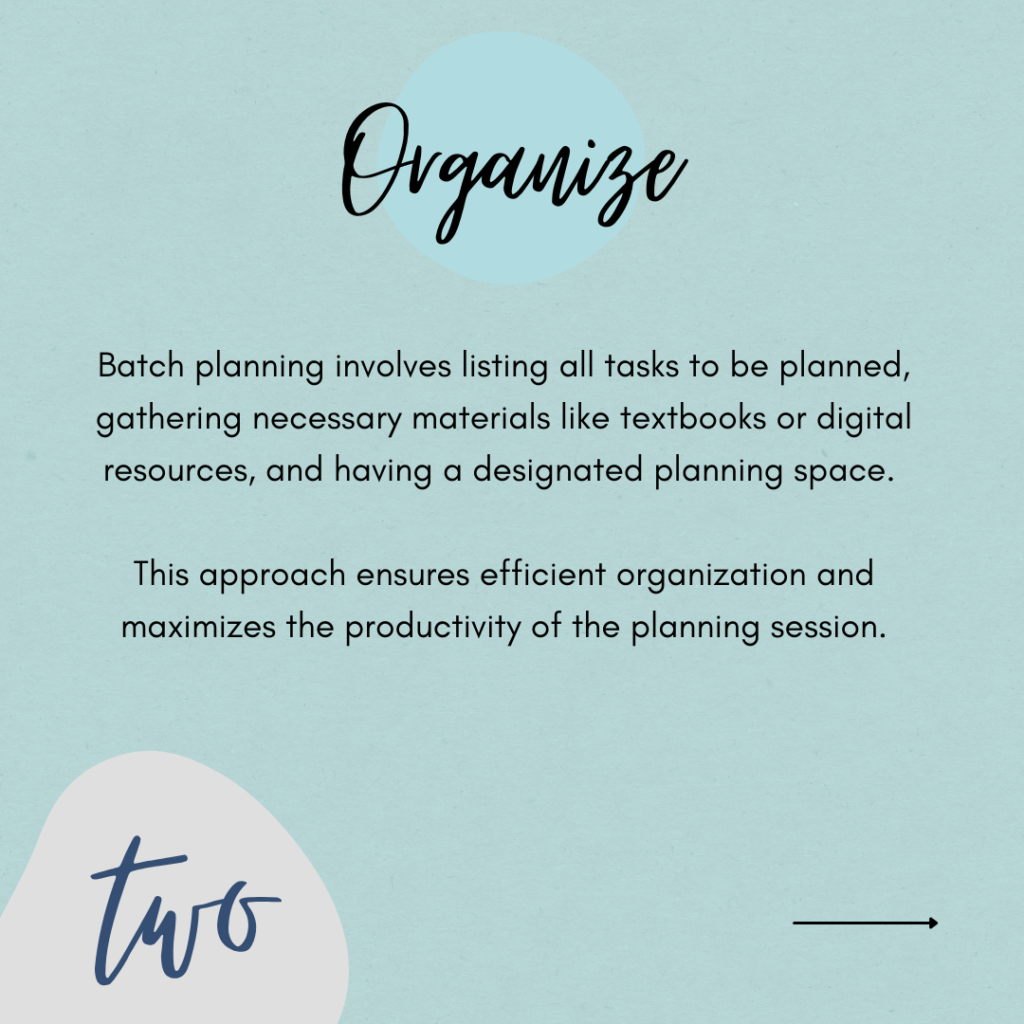
Batch planning requires efficient organization. First up, make a list of everything that needs to be planned. This helps you stay on track and ensure that everything gets planned. Next, ensure you have all the materials you need on hand. This could include textbooks, workbooks, or digital resource materials. Having everything ready to go will make sure you make the most of your batch planning session. You will also need something to plan in which brings us to our next step.
Have a Plan for How to Plan
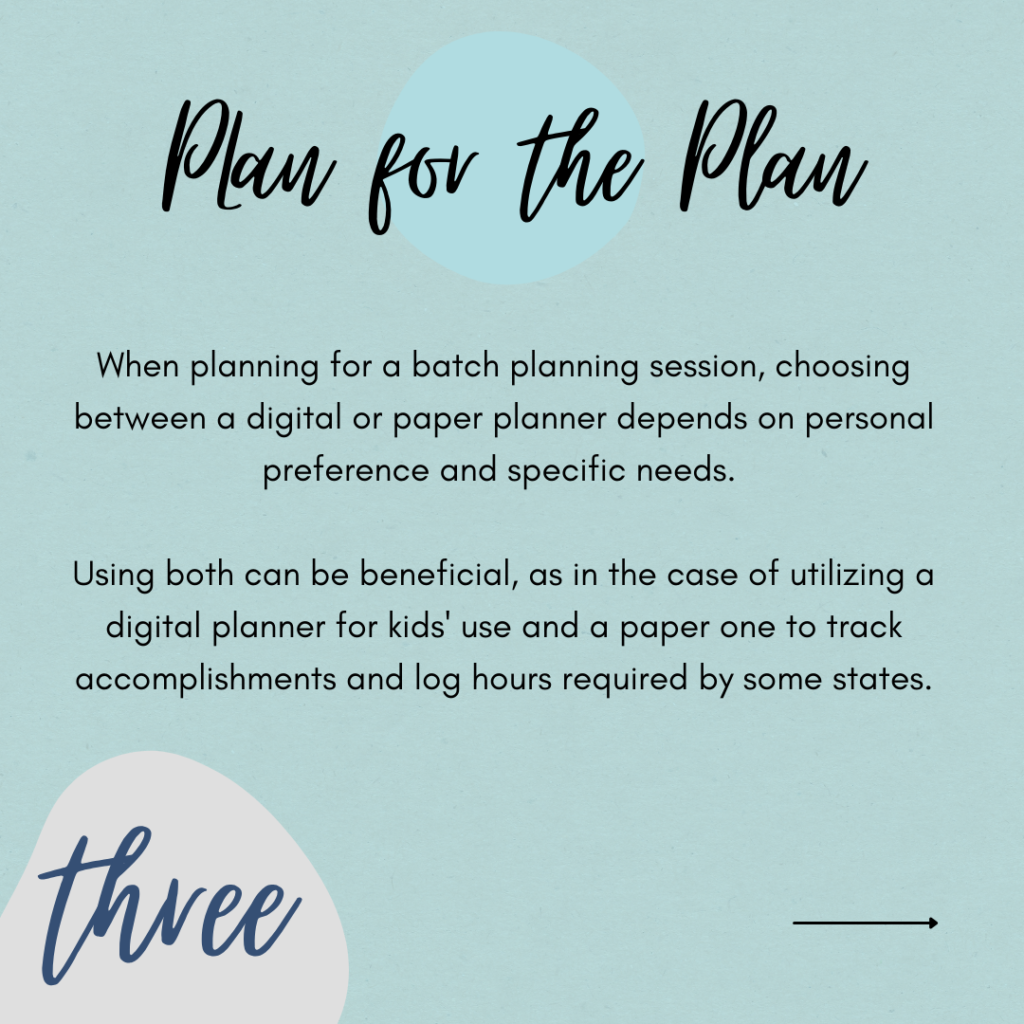
When planning your homeschool year, one of the first decisions you'll need to make is whether to use a digital or paper planner. Both options come with their unique set of advantages. A digital planner, for instance, offers the convenience of easy editing and updating, syncing across multiple devices, and setting reminders. It's an excellent choice for those who prefer technology and enjoy having everything in one place that can be accessed anywhere. On the other hand, a paper planner has its own charm. The tangible act of writing down tasks and crossing them off when completed can be incredibly satisfying. Physical planners also allow for personalization and creativity, and many people find they remember things better when they write them down. For our homeschool, we use both. I set up a digital planner using Trello and Google Slides for the kids to use, and then I use a paper planner to “back plan” to keep track of what we actually accomplished. If you are interested in digital planning, sign up here for updates on new resources. For our state, we keep track of hours, so that goes in the paper planner as well. Ultimately, the choice between a digital or physical planner depends on your preference and what works best for your homeschooling needs.
Set Goals and Objectives
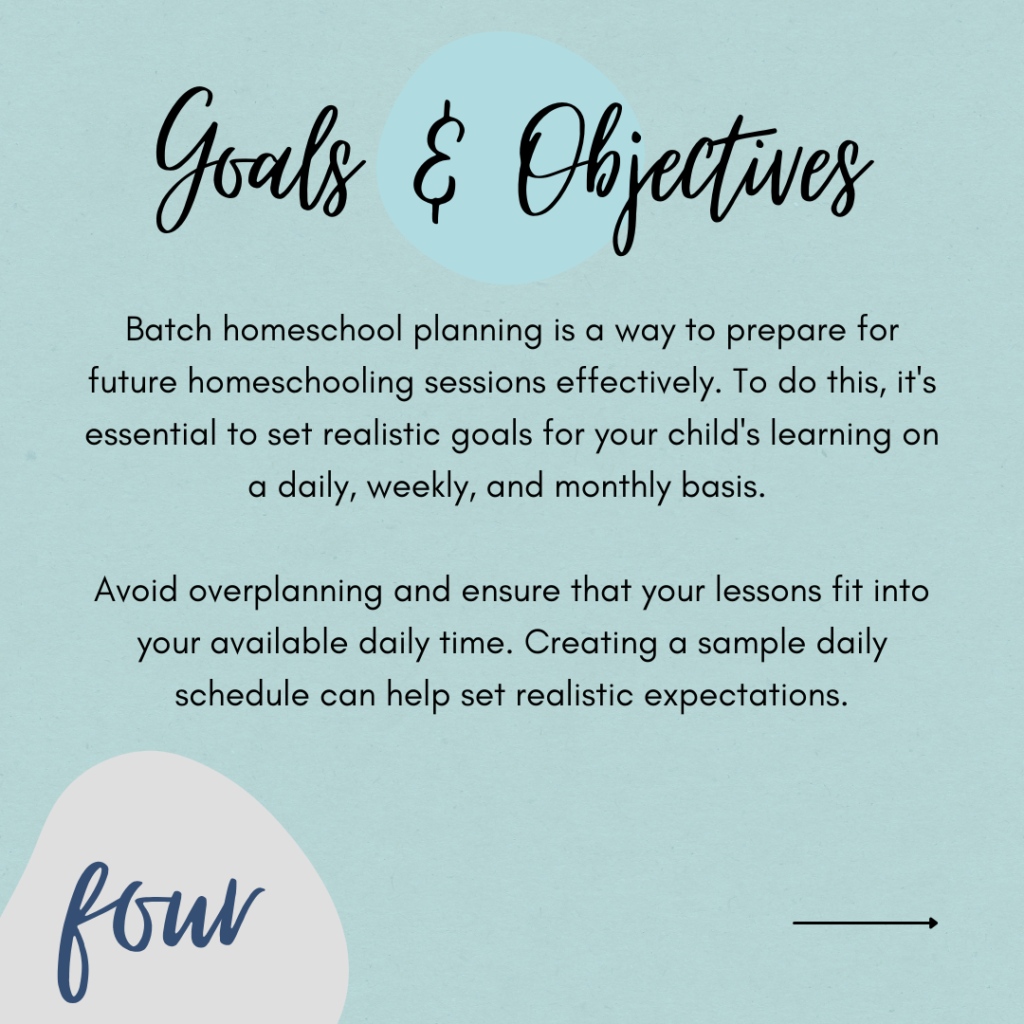
Batch homeschool planning is an opportunity to help your “future self,” but it is important to have a realistic goal in mind for where you want to be at the end of the batching session. Take some time to be specific about what your child should learn each day, week, and month. Do your best not to overplan and make your lessons fit in the amount of time you have per day. Making a mock daily schedule would help ensure that you have covered all subjects and give each subject the amount of time needed. Determine your child’s strengths and weaknesses and set objectives to address any gaps in understanding. Including “flex time” or time to make up anything or review if needed will help your homeschool days go much smoother. If this is your very first year of homeschooling or using a new curriculum, it might be a good idea to do at least a week or two of school to see how your children will pace through the material.
Start Batching!
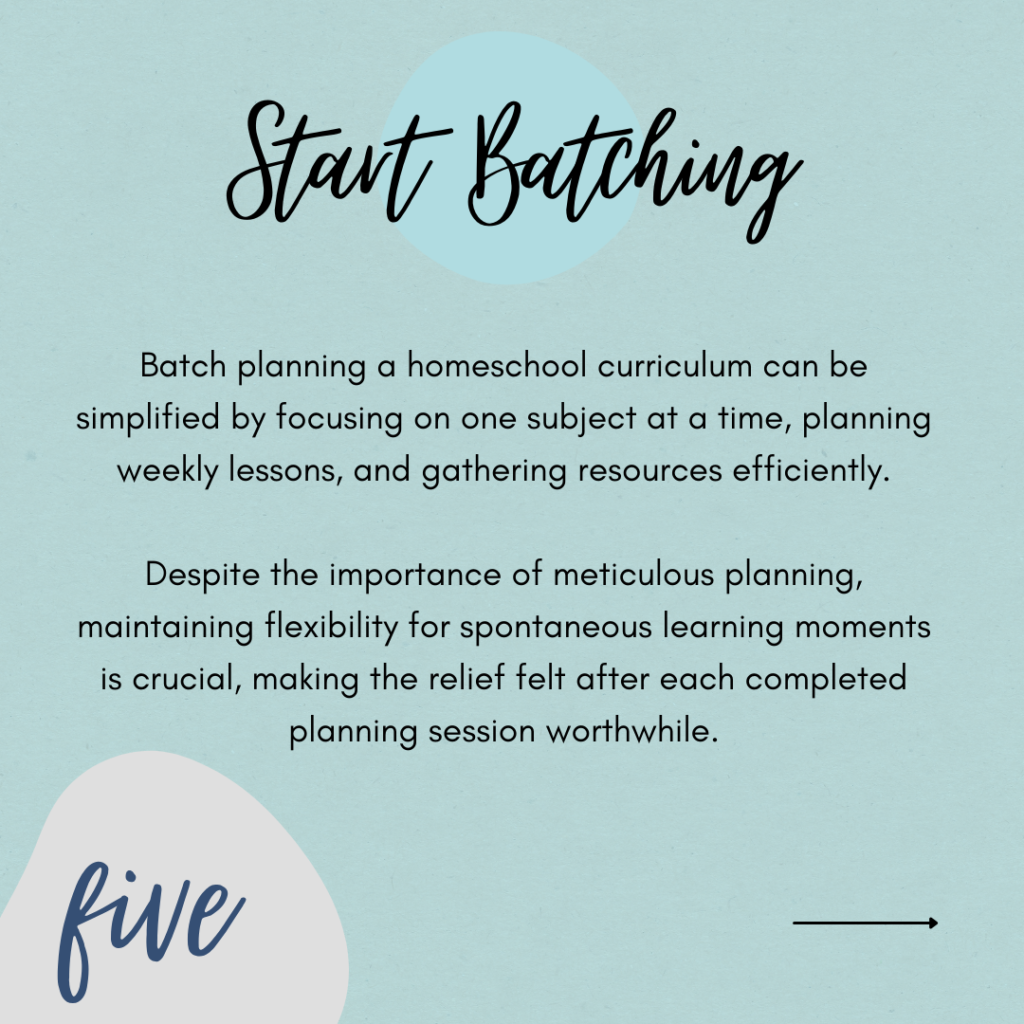
Beginning the process of batch planning your homeschool curriculum can seem daunting, but taking it one step at a time can make it more manageable. Start by focusing on one subject. Plan out each week's lesson for that subject, breaking down the content into digestible pieces and engaging activities. Once you've fully planned that subject, it's time to move on to the next one. As you go along, if you need resources, such as papers to print or library books to borrow, make a list. Gathering all these materials at the end of your planning process is more efficient than switching tasks frequently. However, while meticulous planning is crucial, avoiding overplanning is equally important. Flexibility is key in homeschooling, and sometimes, the most meaningful learning experiences come from spontaneous moments. Once you have finished with the last subject, sit back and enjoy your next several weeks, knowing that you already have a plan in place and won’t have to rush around at the last minute. The weight that is lifted at the end of each batching session makes it so worth it to me to take the time to plan out several weeks at a time.
Last But Not Least, Monitor Progress
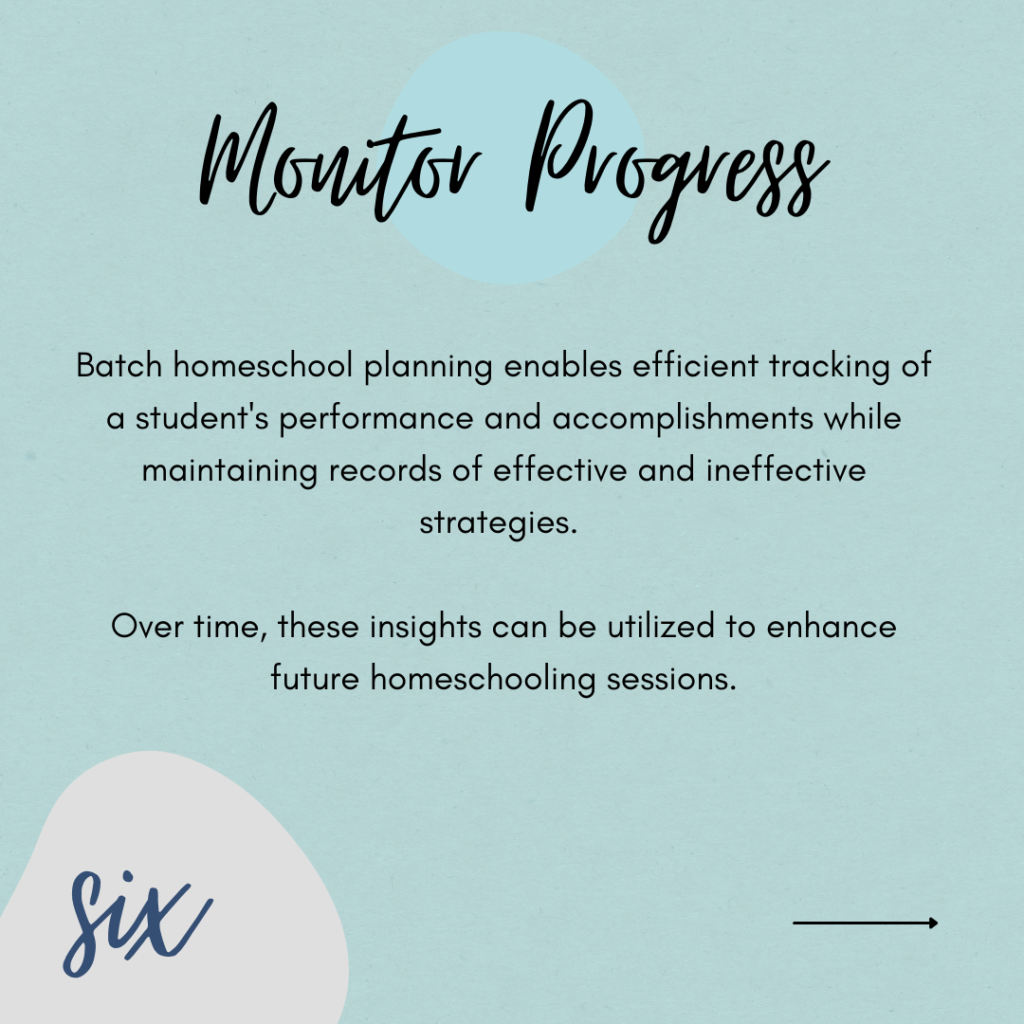
Batch homeschool planning allows for easy monitoring of progress. Be sure to keep track of your student’s performance and achievements. It’s helpful to keep a record of what worked and what didn’t. Reviewing these records over time can help inform future batch homeschooling sessions.
Batch homeschool planning can seem daunting, but careful planning and organization can be a great option for homeschooling parents. Determine your timeline, gather your resources, set achievable goals, make a plan that works for your homeschool, and monitor progress. Invest in tools and methods that work best for you and your student. Remember, the key to homeschooling successfully is to remain flexible and adaptable to your child’s needs and interests. Good luck!


